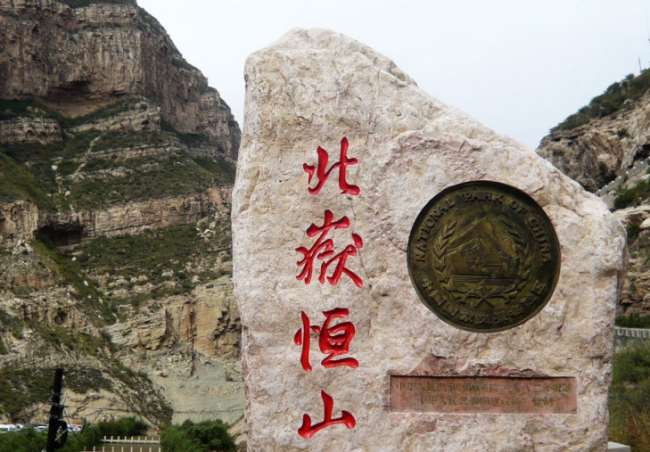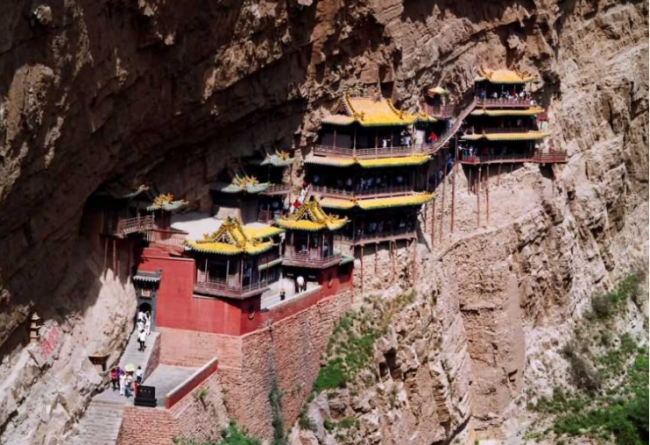The World Heritage Tentative List(2008) of Shanxi Province- North Mount Heng

The North Mount Heng, one of the Five Great Mountains of China, is located in Hunyuan County, Datong City, Shanxi Province. It stands as a treasure on the World Heritage Tentative List of Shanxi Province. North Mount Heng boasts not only magnificent natural scenery but also a profound cultural heritage, serving as an important symbol of ancient Chinese culture.

Mount Heng is distinguished in both a narrow and broad sense. In the narrow sense, it refers solely to the North Mount Heng, while in the broad sense, it encompasses the Hengshan Mountain Range. Its main peak, Tianfeng Ridge, reaches an elevation of 2,016.8 meters and is renowned as “the northern pillar” and “the famous mountain in the north frontier.” North Mount Heng has been a sacred site for Taoism since ancient times, closely linked to the Five Elements Theory and imperial sacrifices, embodying the essence of the culture of the Five Great Mountains. The major attractions of North Mount Heng include the Hanging Temple and the Hengshan Temple Complex. The Hanging Temple, perched precariously on the cliffs on the western side of Jinlong Gorge in North Mount Heng, is famous for its steepness and serves as a unique temple where Buddhism, Taoism, and Confucianism converge. The Hengshan Temple Complex, featuring a traditional symmetrical layout along a central axis, boasts exquisite architecture and rich cultural connotations.

As one of the Five Great Mountains of China, North Mount Heng holds a significant position in Chinese history. However, currently, only Mount Taishan has been inscribed on the World Heritage List of Natural and Cultural Heritage. Despite this, North Mount Heng continues to attract countless tourists with its unique natural scenery and profound cultural heritage.
In the future, with the continuous advancement of the application for World Heritage status, North Mount Heng is expected to become another world-class cultural heritage site in China. This will not only further enhance its popularity and influence but also inject new vitality into the transmission and development of ancient Chinese culture.
(The images are sourced from the internet. If there is any infringement, they will be deleted.)
Source: Comprehensive collation by sx.china.com